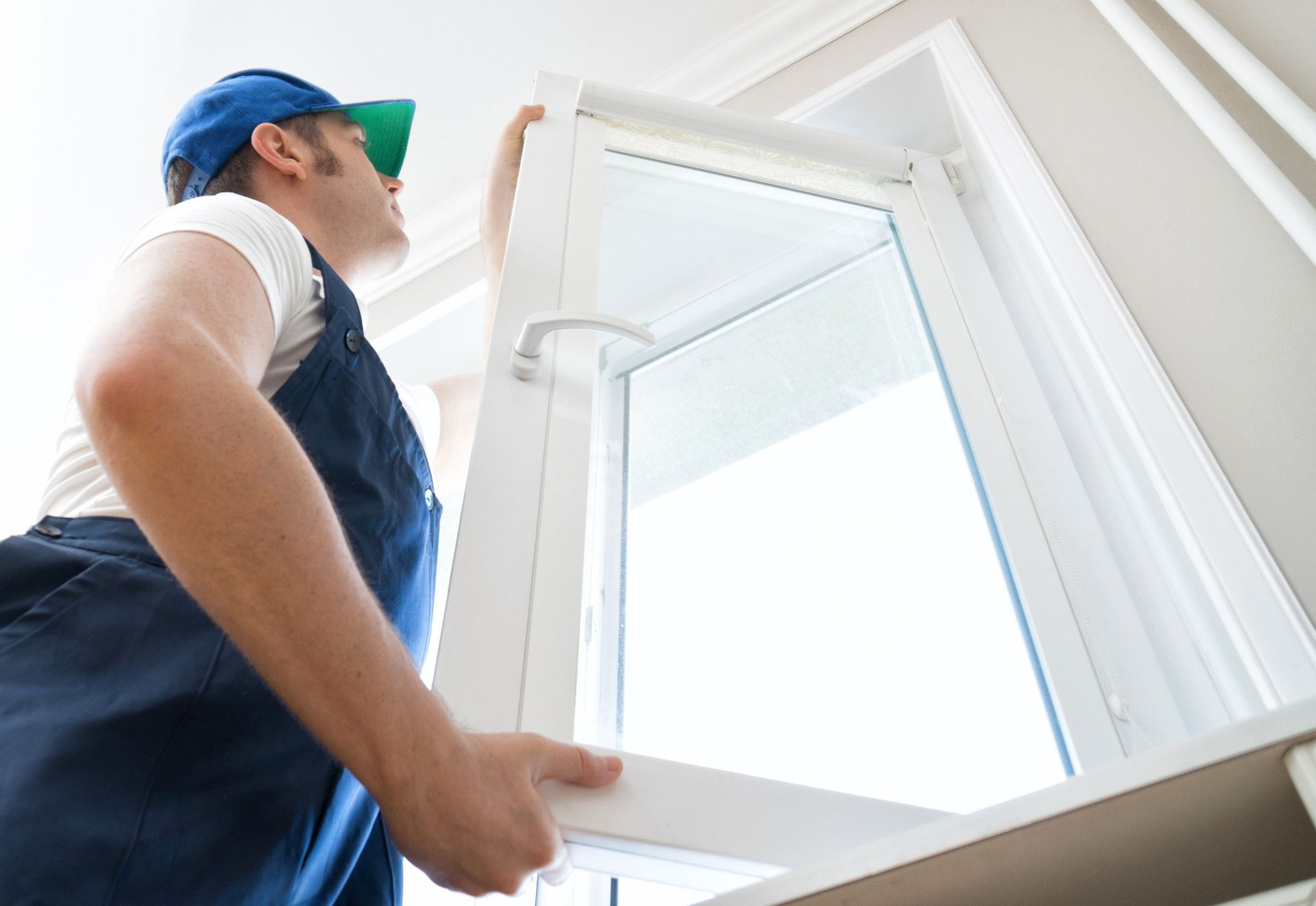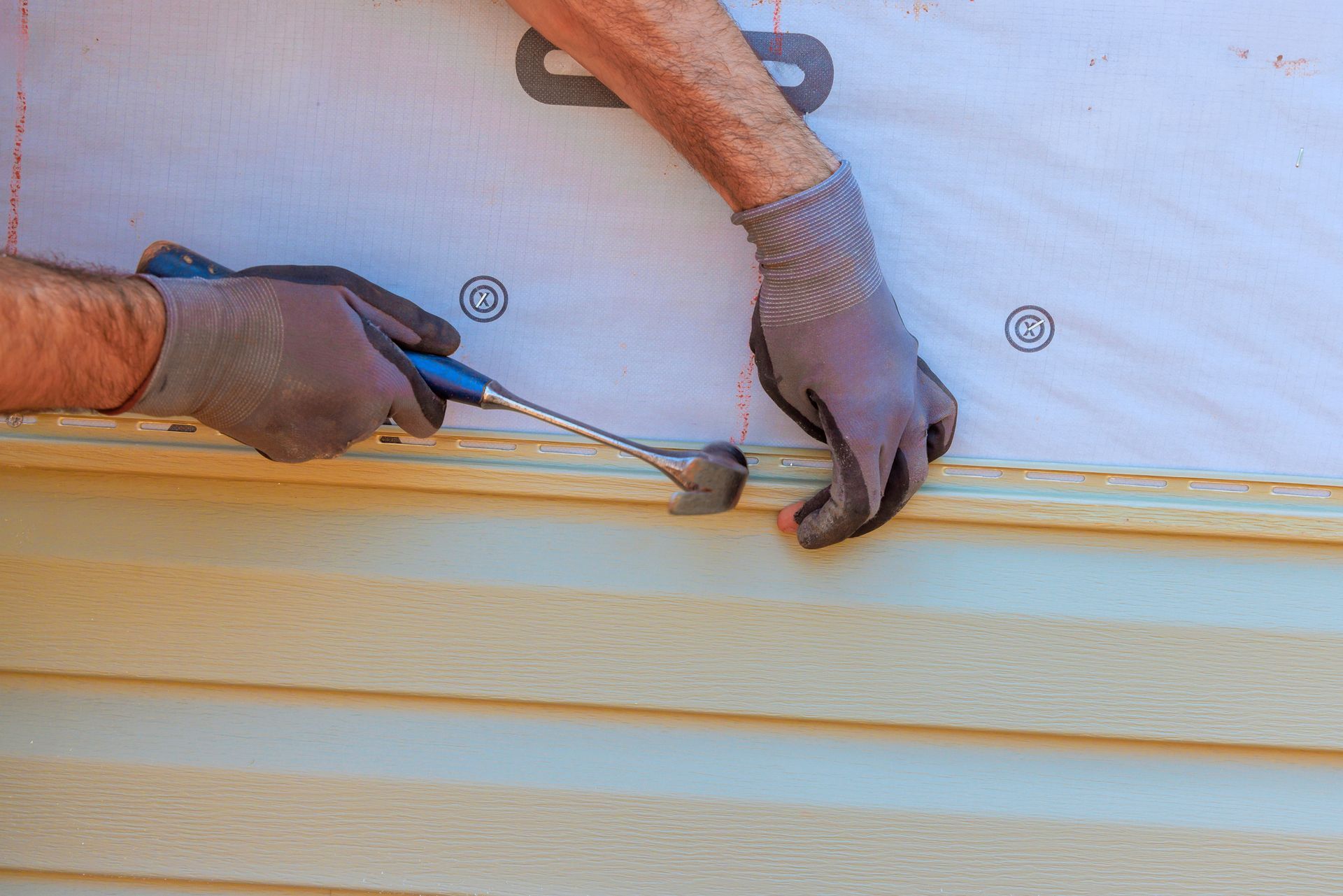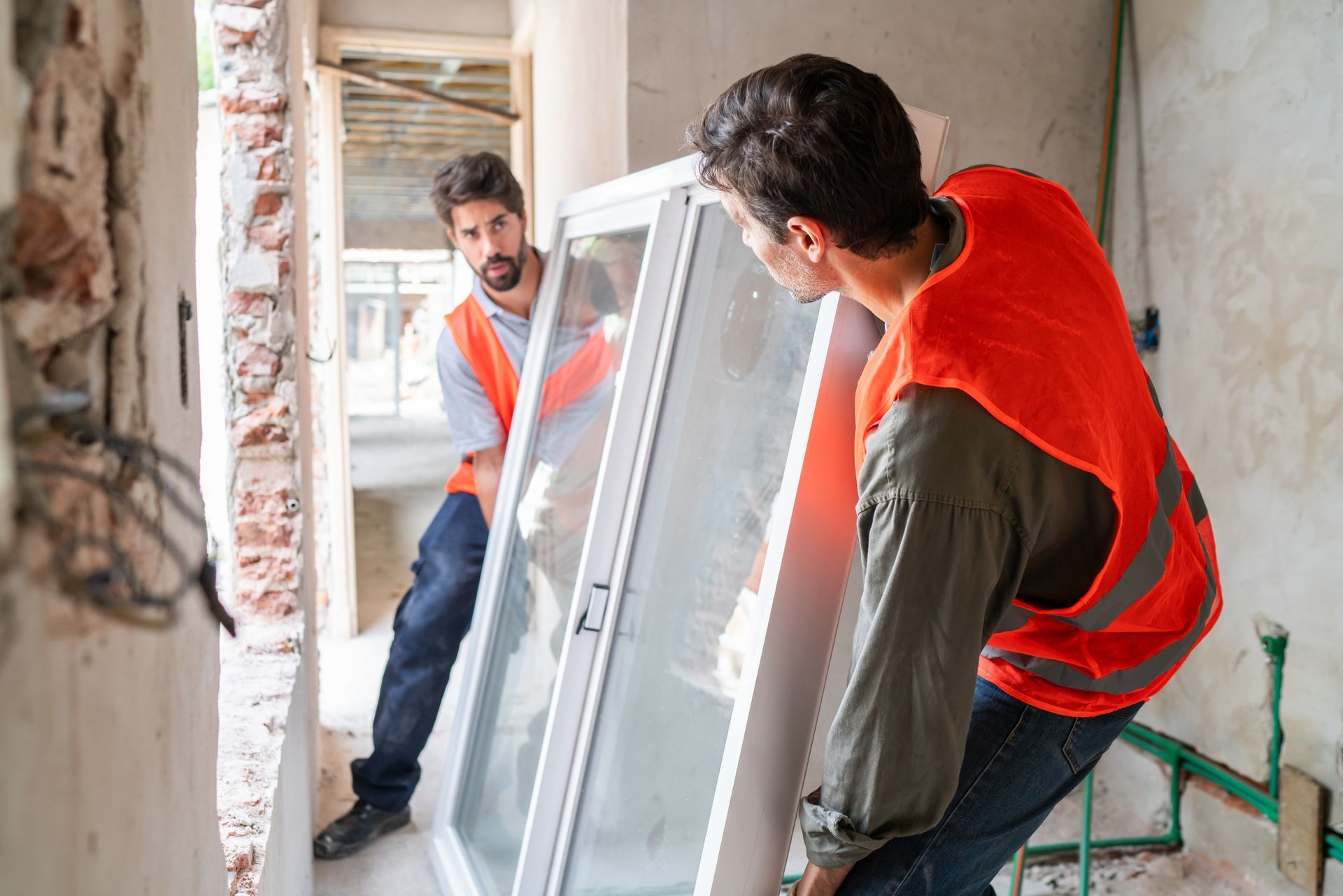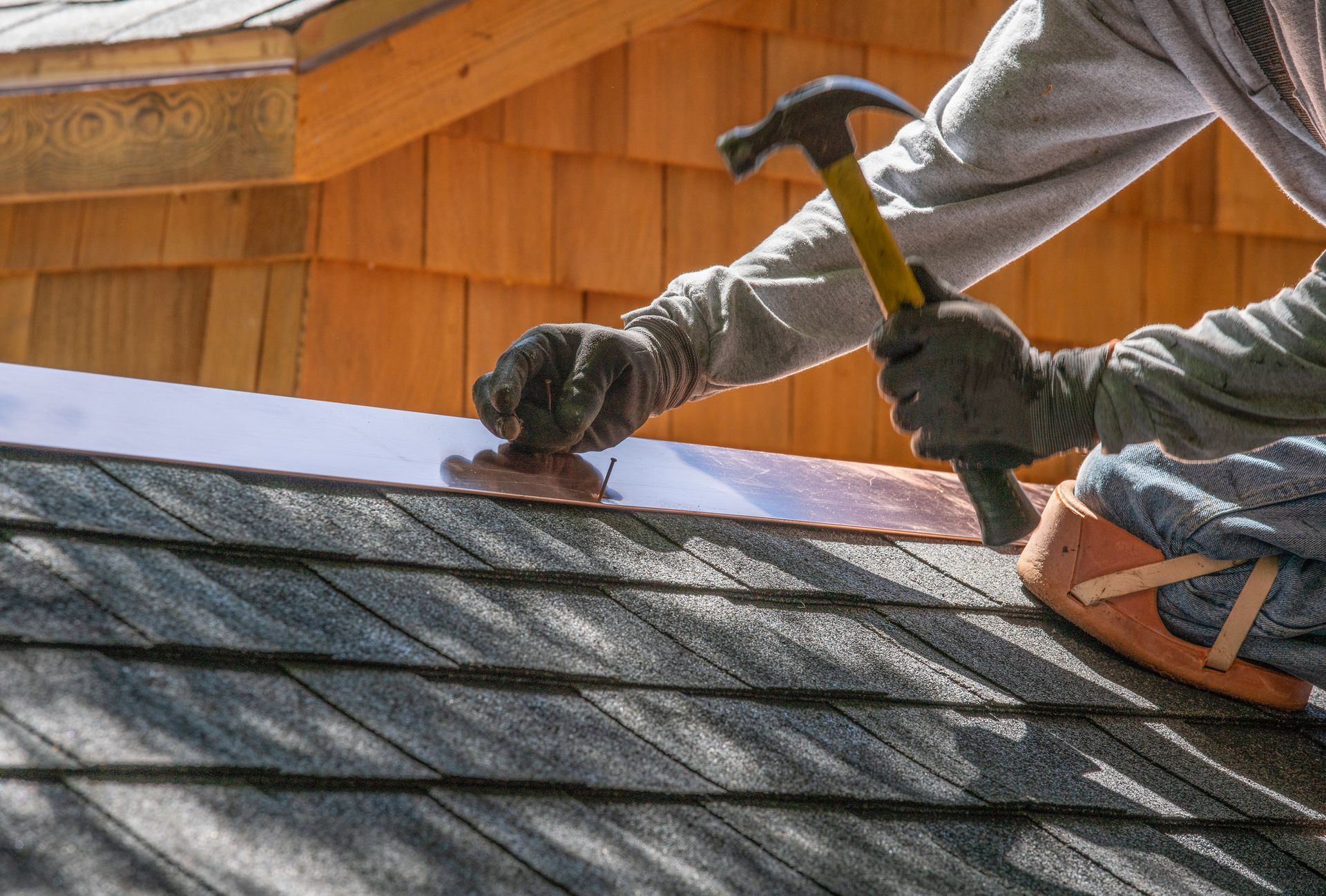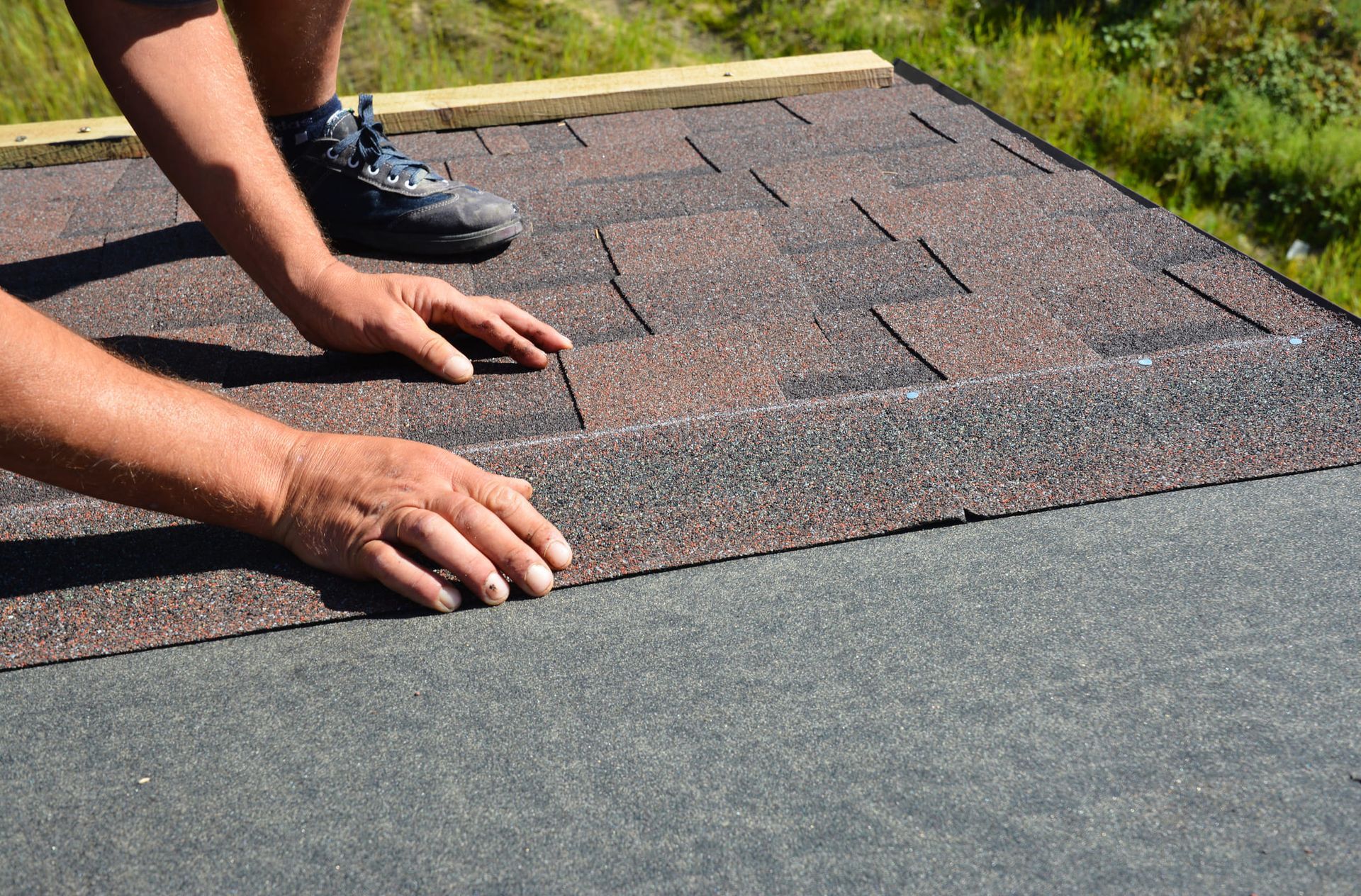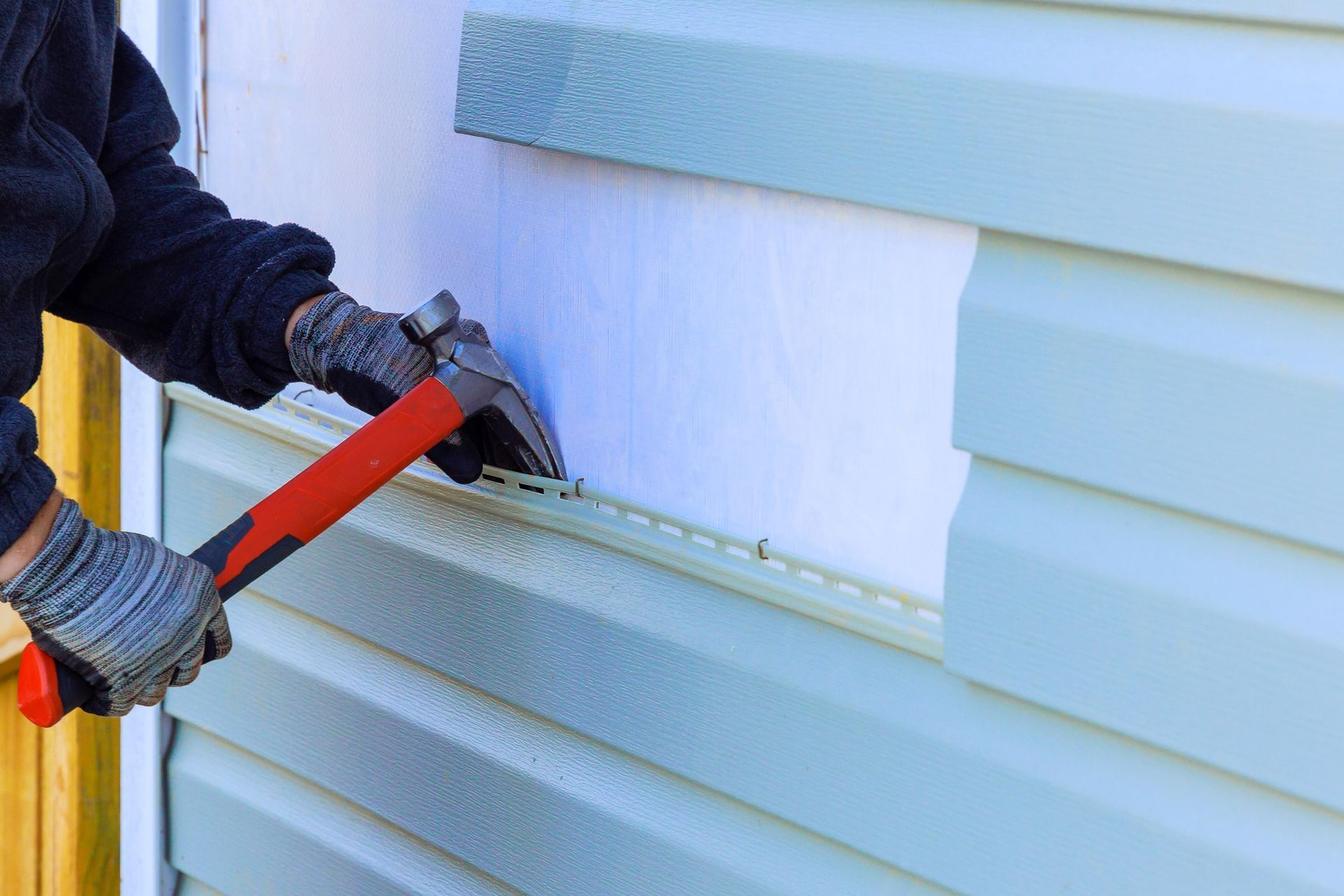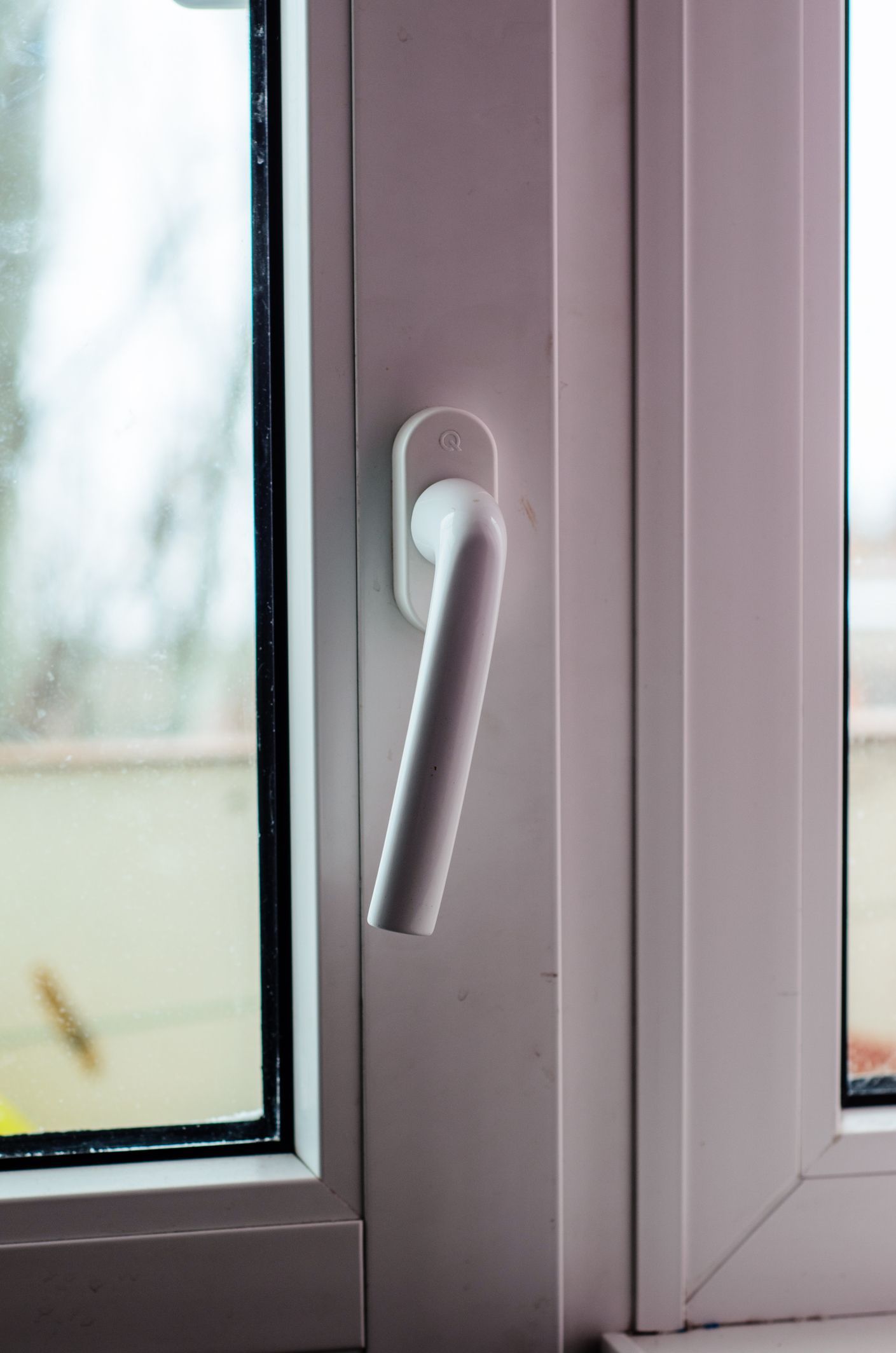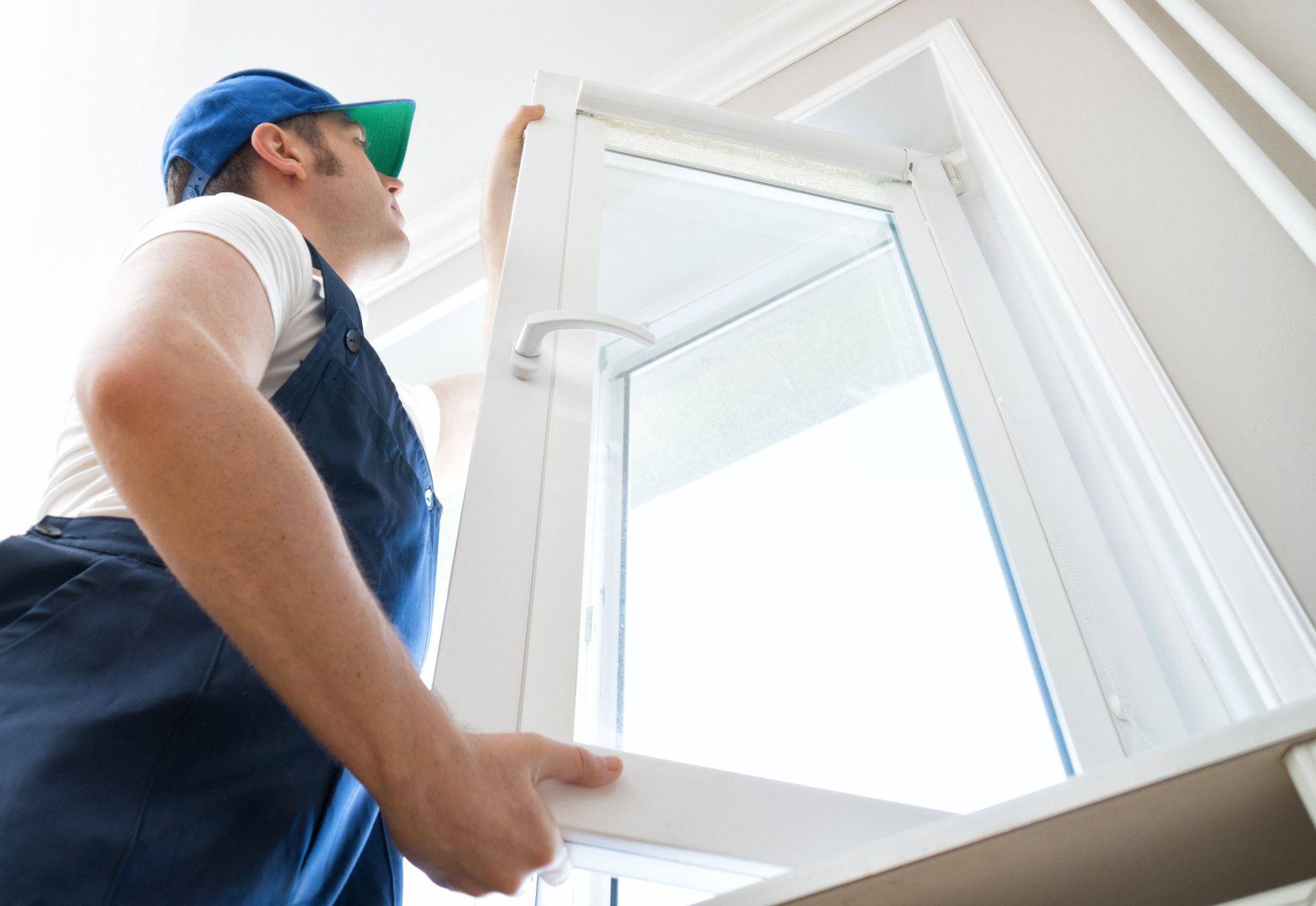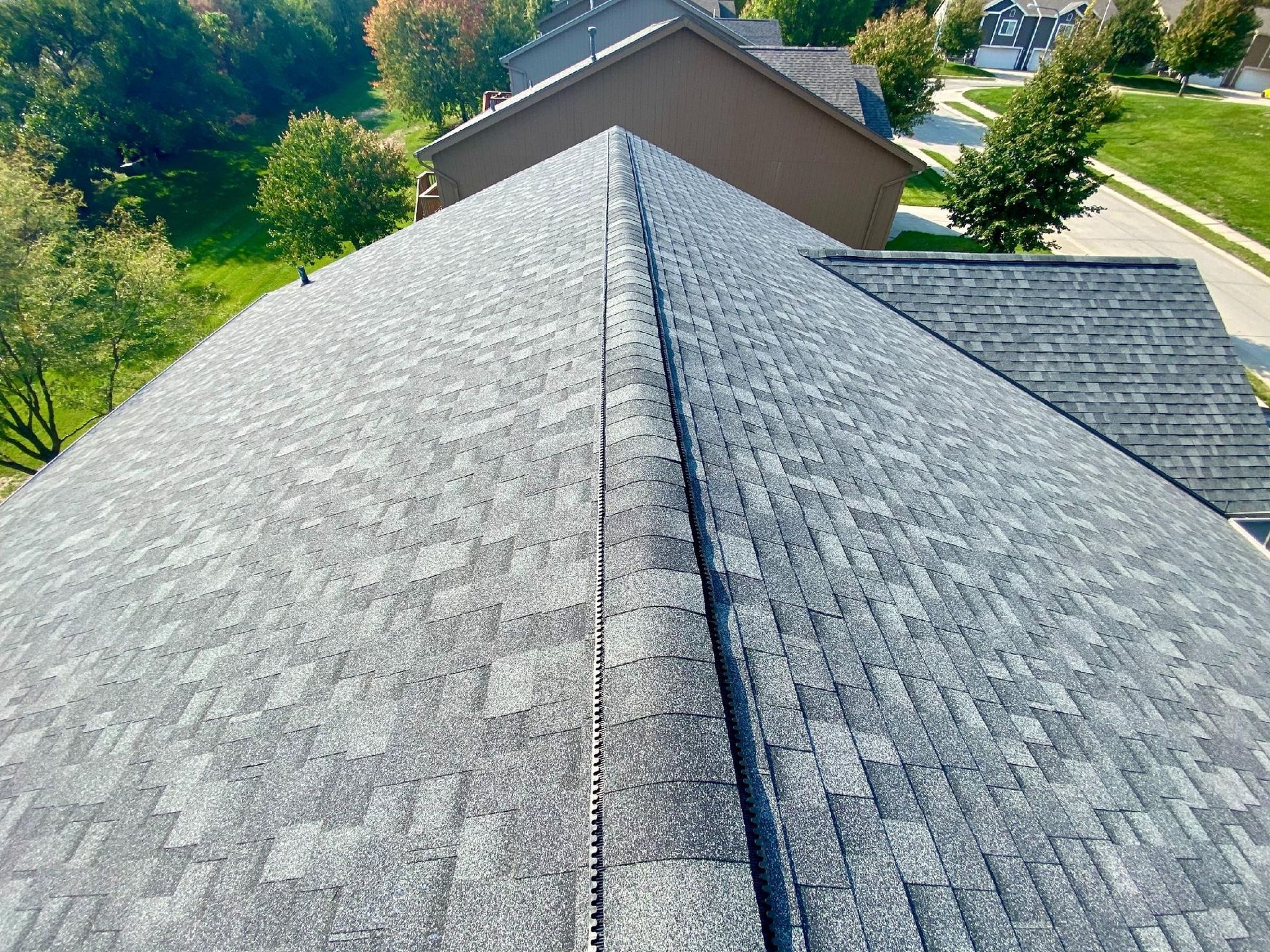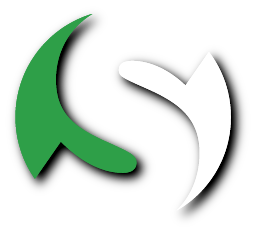Commercial Roofing Systems: Pros and Cons
Commercial roofing systems come in a wide variety of materials. There are advantages and disadvantages to every type of commercial roofing system. Advances in commercial re-roofing systems give building owners and facility managers many viable options. There is also more access to data to make smart, calculated decisions for your commercial roofing project. Each will have a different cost, life span, and different strengths and weaknesses.
Choosing the right roof system for your Omaha commercial building means it’s the best fit not only for your budget but for your building and everything housed within it as well. If you’re looking to find the right commercial roofing material, check out our list of pros and cons below:
BUR Roofing
Built-up roofing (BUR) is a tried-and-true roof system that has been a popular option for more than 100 years. It generally consists of layers of tar, asphalt, and other support materials as the base, and then a top layer of gravel or stone.
Pros:
- Built-up roofing is relatively easy to install and the materials used are moderately priced compared to other roofing systems.
- These roofing systems require minimal maintenance and service after installation aside from routine maintenance and inspections.
- They have multiple layers, including a top layer with no joints or seams, which strengthens their waterproofing properties. The multiple layers also make it more conducive to foot traffic when compared to some other roof systems.
- These layers combined make BUR resistant to a variety of weathering elements, such as wind, fire, water, and even UV rays. Unlike rubber commercial roofs that crack easily, BUR is extremely resistant to damage because of its strength in layers. It requires very little maintenance and remains a cost-effective roof to maintain. All of these points save you from spending too much on roof repair and replacement in the long run.
- BUR is also good for energy efficiency through temperature control, as the layers are resistant to UV-ray damage and heat. This can save you costs on energy bills because you won’t need to spend tons of money on air conditioning and ventilation systems.
- They can last more than 30 years when properly installed and maintained.
Cons:
- Due to its multilayered materials, installation can be a slow process and it sometimes involves dangerous fumes. A lengthy installation process usually means that installation costs can be high, as the cost of labor becomes pricier.
- Cold weather performance. BUR systems are rather inflexible. They typically perform better in mild or warm climates than in extremely cold ones.
- During installation, toxic odors can be released from the heated tar and asphalt.
- The multiple layers of tar, asphalt, and stone/gravel add significant weight to the building’s structure, sometimes requiring reinforced roof joists.
- These roofs are built for functionality; not for looks. BUR systems are not the best choice on visible roofs for those businesses with specified aesthetics.
Metal Roofs
Metal roofs are generally considered to be the longest-lasting roofing system of the three primary types. Some metal roofs may have the ability to last 50-plus years when installed and maintained correctly. Not all metal roofs are the same. There are different lengths, shapes, and material types of panels, different gauges of panels, and different types of fastening systems that adhere them to the building. All of these factors can have an effect on how the roof performs.
Pros:
- No disputing this metal roof advantage, however, they require more maintenance. Metal roofs still need proper care and maintenance to get the expected length of wear time out of them.
- Standing seam metal roofs, which are a little more expensive than the alternative exposed fastener system, can be easier to maintain. Exposed fasteners tend to degrade or come loose through building expansion and contraction. This can easily lead to leaks if not regularly watched for and dealt with.
- Metal roofs have a sleek, high-end look and can be custom colored with coatings and paint offerings to match a company’s brand guidelines.
- Metal roofs can be highly resistant to UV, rain, snow, mold, and mildew. Metal is also non-combustible and resistant to fire.
Cons:
- Higher-end metal roofing systems can require a larger investment at the time of installation. This is due to both the cost of materials as well as the labor-intensive process it requires to do the job right. Over time, however, the return on investment can pay off if well-maintained.
- For buildings with a lot of penetrations, metal roofs can pose a problem. The more holes needed to punch into a metal roof (pipes, vents, skylights, etc.), the more opportunities there are for water to get in.
- Metal roofs are prone to denting with foot traffic from technicians accessing the roof to service HVAC units, etc. Hail can also dent a metal roof.
- Rain and hail can create excessive noise on metal roofs when not sufficiently insulated.
Single-ply Roofs
Single-ply roofs are by far the most common roofing systems today. They also have the broadest array of options, thicknesses, and price points. The best-known single-ply roofs are made from rubber (EPDM) or plastic (TPO, PVC) compounds.
Pros:
- Many facility managers are attracted to the relatively low installation cost but ignore the common longer-term ramifications.
- Single-ply roofs put less stress on a building’s structure than other roof systems. Their flexibility helps them stretch and adapt to a building’s natural movement.
- Single-ply systems can be white, gray, or black depending on the climate. This can help to maximize reflective or heat-retaining qualities and minimize utility costs inside the building.
Cons:
- One of the trade-offs of the lower initial cost of single-ply systems is their expected useful life. Their seams are prone to leaks, so many of them start showing noticeable wear within 5-7 years.
- Foot traffic and debris can easily damage, if not puncture, a single-ply roof.
- Buildings with a lot of penetrations can see higher installation costs and be prone to more leaks in and around those areas.
The more you know about the different kinds of roofing material, the more informed of a decision you can make. Maintaining a flat commercial roof requires the right knowledge and expertise, so if you are wondering which type of commercial roofing system is best for you, contact experienced Omaha commercial roofing expert Siefken Contracting.

